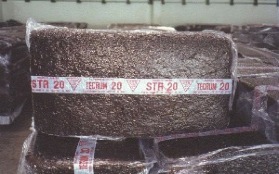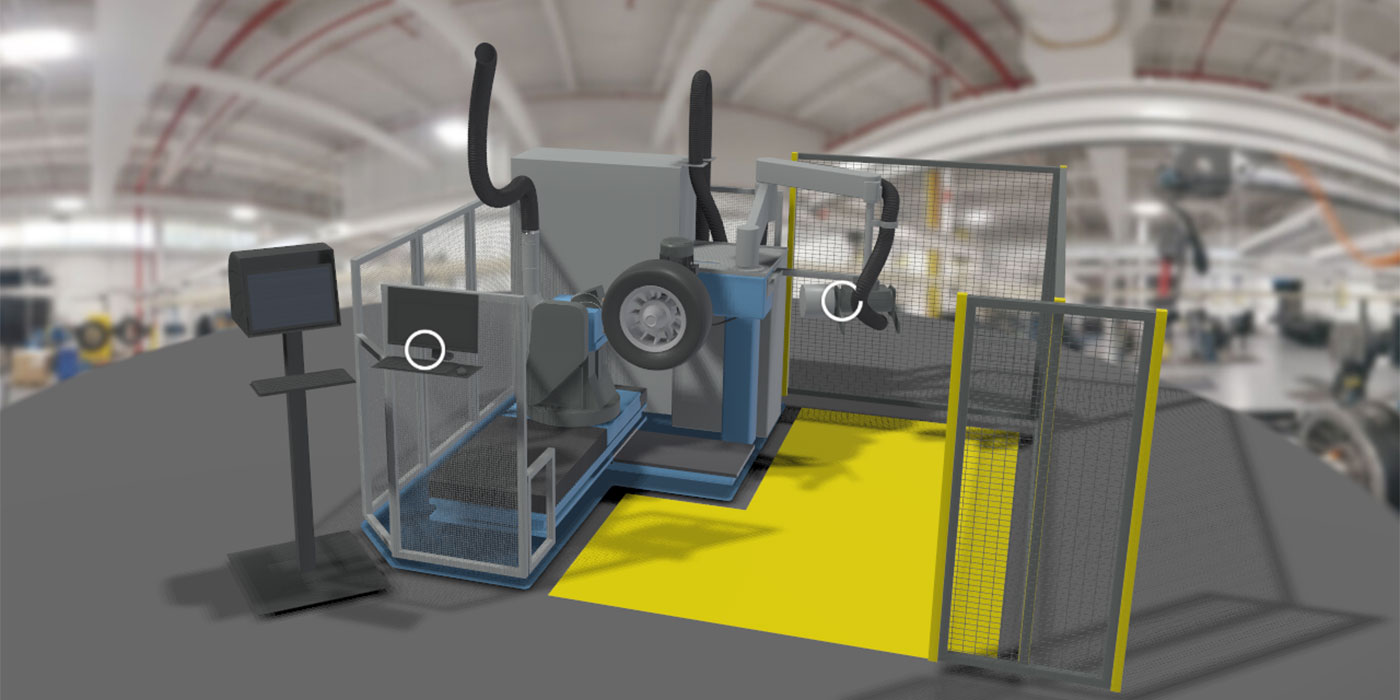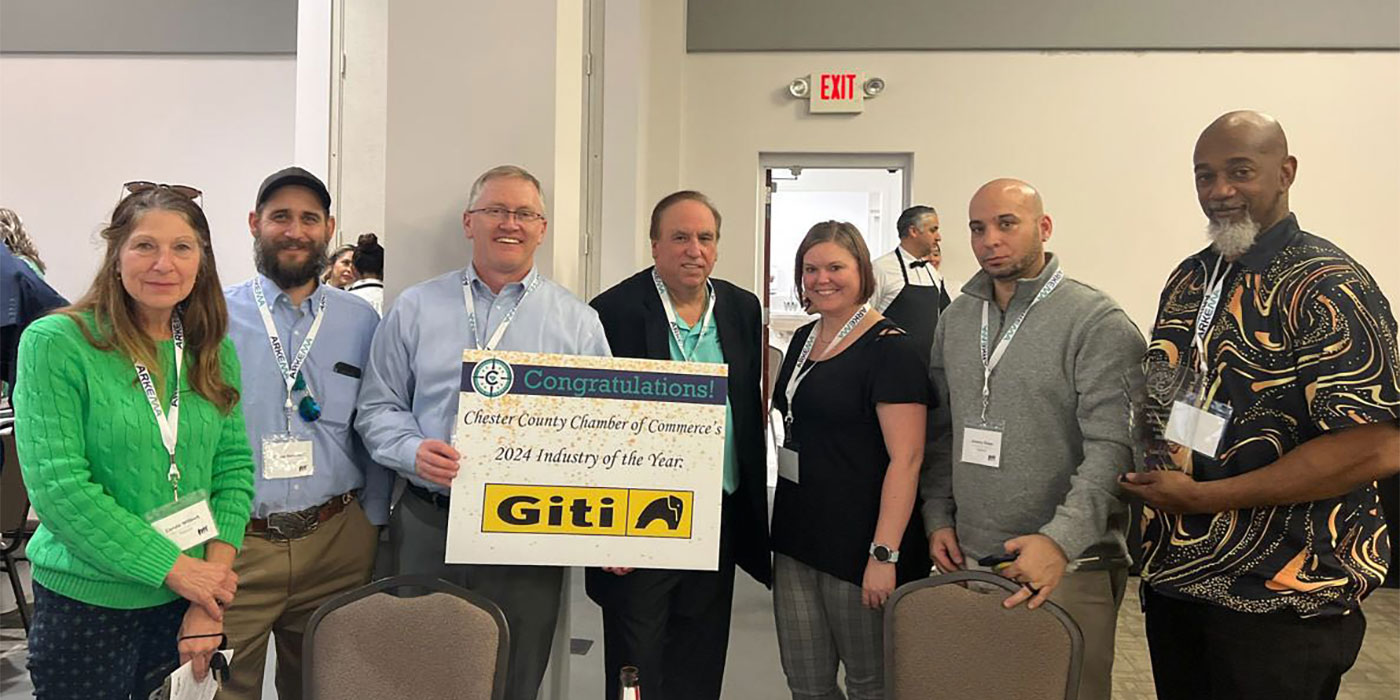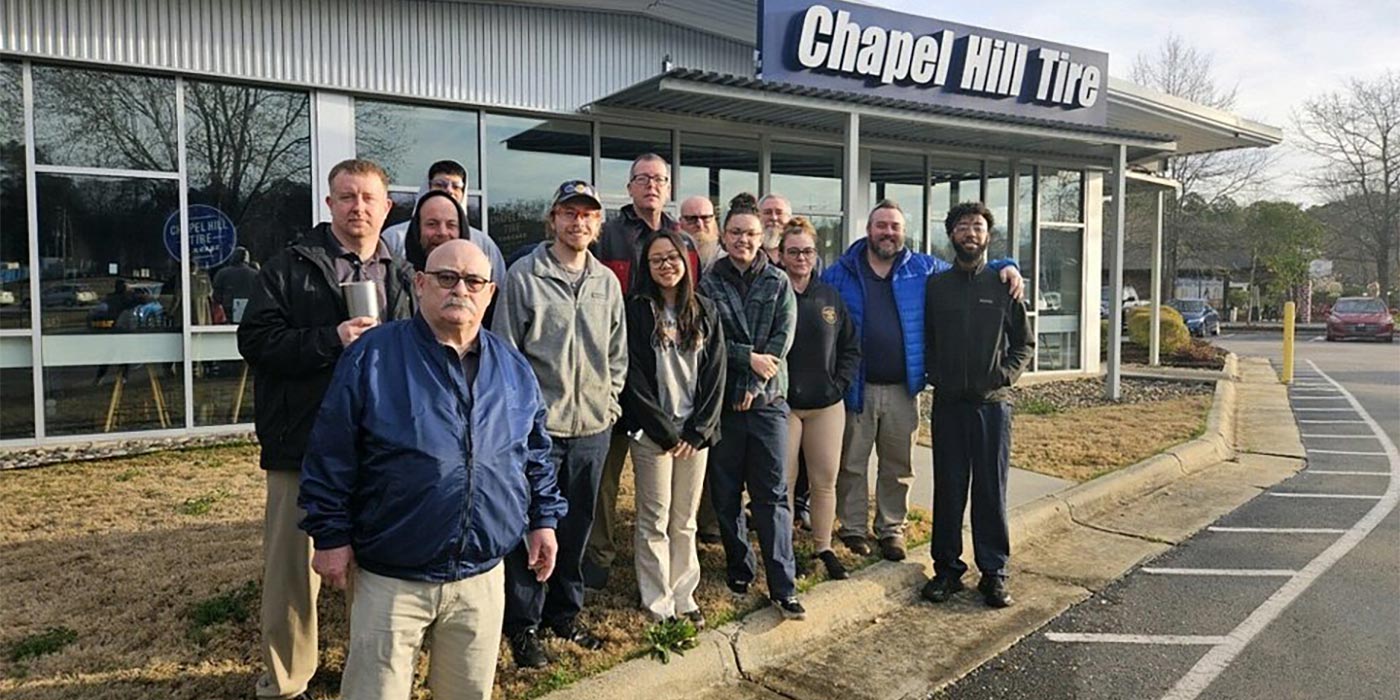Indian tire manufacturers are still wary of the futures market in rubber and their skepticism has become stronger with rising prices and high duties on imports. But Anil Mishra, CEO of Ahmadabad-based National Multi-Commodity Exchange of India Ltd., the pioneer in electronic commodity trade, says many tiremakers are realizing futures’ advantages
The Ahmadabad-based commodity bourse, National Multi-Commodity Exchange of India Ltd, has come out in the open refuting allegations by Automotive Tyre Manufacturers Association (ATMA) that NMCE is manipulating rubber futures prices. NMCE CEO Anil Mishra said ATMA allegations are incorrect and baseless pointing out that the price movements in the natural rubber futures is not because of manipulation but on account of supply-demand mismatch.
Rubber prices have hit an all-time high and there is no sign they are going to come down, at least in the coming few years. Prices climbed to a record as rain cut production in Southeast Asia, worsening a shortage as demand continually expands in China and India.
“The tightness of supply and burgeoning demand from India and China would keep rubber price trend higher but it would be moving up and down within a range,” Mishra told Polymers & Tyre Asia.
“This price movement within a rising band would be more in the futures market than in spot market because in futures market, besides physical commercial players, there are non-commercial players also who do not hold on to one price view and keep responding to the daily and weekly news whereas in spot market there are mostly commercial players who hold on to one price view for quite some time and are slow in responding to the news,” he said.
This rise and fall gives opportunity to various commercial players to hedge on the exchange, he explained.
It is expected that tiremakers may rush to buy rubber while it is available as output will drop in view of wintering, which is the low-production season from February to April. With rains lashing Thailand, the world’s top rubber producer, there is no signal that prices are likely to fall.
It is in this context that Mishra is keen to address the concerns of tiremakers who fear that futures trading contribute to speculation leading to market volatility.
“Many tire manufacturers have started partially participating but since in futures market price goes both up and down they think it is more speculative,” he said.
Non-commercial players work on thin margin and respond very quickly to the information, which has bearing on the price but commercial players do not respond so quickly.
Remove Restrictions
“Many tire players have informed us that they are not allowed to sell on the exchange and they can only buy. This restriction limits their operation and should be removed,” the Mishra said.
“When they are hedging their future need, they should not be required to take delivery only from the exchange,” he felt. “Exchange should be used more for price risk management. They should be allowed to sell their futures position when they buy from their preferred suppliers in the physical market.”
This enabling provision is must to allow large-scale hedging by the tire manufacturers and then they could fully experience positive benefits of futures market, Mishra said. “The analysis of our data shows that more than 80% of time the daily price volatility has been within 2%.”
In a five-year time frame, Mishra thinks there would be good growth on all fronts in India’s rubber market. This will be due to improved price.
“There would be investment in agri inputs in rubber plantations resulting in increase in productivity and production, better upkeep of plantations, old trees would be replaced by young trees and more investment is likely to come from investors in the plantation sector,” he forecast.
Synthetic rubber production is also increasing, which is a natural process of substitutes in economic values that will keep on striking a right balance between increase in demand, capacities and production.
“We would like to point out the threat of escalating land prices as reality is booming is also a factor that has to be kept in mind and increased labor cost will all have impact,” the NMCE CEO said.
There would be increased participation in futures market for price discovery and price risk management. In India more cooperatives and banks would start playing the role of aggregators and more innovations would come with amendment in Forward Contracts (Regulation) Act.
Options would be introduced which would help the commercial players, both producers and user industry, immensely in having guaranteed assured price when the market moves against them and also have additional benefit if the market moves in their favor, Mishra pointed.
Stock Position
Commenting on ATMA’s statement doubting rubber stock figures given out officially by government agencies, which are in variance with the ground situation, he said NMCE is not as equipped as Rubber Board to give better crop forecast. “Hence it would not be proper on our part to make such sweeping comments,” Mishra said. But since the demand is not being fully met, tightness in availability is being observed.
“Hence there is a general feeling that stocks may not be as high as is being reported otherwise it should have come out at these high prices.”
It is important to note that Rubber Board gets monthly return of production, sales, purchase, consumption and stocks figures every month from licensed plantations, dealers, manufactures for regulation and collection of cess from consumers.
“As per Rubber Board’s response these high stocks figures are as reported by producers themselves, which could be obvious.”
The function of NMCE is to provide transparent market for price discovery and price risk management by bringing all types of market participants with varied interests from all over India on a single platform whose interplay could together give the fair view of rubber price. One group doesn’t influence the price.
Farmers, cooperatives, traders, investors, industry users, day traders, speculators, arbitrageurs all participate and they never have uniform views and that’s how this market remains liquid and vibrant, Mishra said.
The best buyer gets to buy and the best seller gets to sell which is decided electronically without human intervention based on bids and offers.
Stakeholder Interest
NMCE is continuously interacting with all the stakeholders and arranging training programs for them along with FMC, the commodity markets regulator, as well as independently to remove the myths and explain how best they could utilize the futures market.
“Our members are also educating their clients. NMCE is keen in promoting RSS 5 futures for over 5000 Indian small and medium enterprises now as they are most vulnerable to the price volatility and have been misled by vested interests,” Mishra explained.
NMCE is also promoting sellers and buyers warehouse delivery to further smooth the process and bring cost-efficiency.
On comments by some tire producers that they cannot afford dedicated staff for futures trading and get into market operations, Mishra is of the view that such staff would be required only if one takes position and speculates in the market.
“If one is hedging, it is like buying ones requirement from other alternative market; instead of buying in the physical market, the tire company can buy on the futures market, where they can buy forward without any risk of default and can swap one’s futures position with physical from their preferred supplier,” Mishra pointed out.
The purchase manager who buys physical could buy futures depending on whichever is cheaper and thus no dedicated staff is required. If tiremakers get global traders who could give them assured forward price with no default, their strategy could be different. “In India we don’t have such strong deep pocket traders, who could guarantee future price and delivery.”
Market Experience
Indian tire manufacturers could perhaps learn from the experience of rubber futures market in other Asian countries, as that would certainly be the way market would function in a well-regulated situation like in India.
“Rubber futures market is very active in Shanghai and Tokyo where the volume is very large because speculative participation is very large,” Mishra said.
The crude price and yen to dollar strength also has great bearing in TOCOM. Shanghai market has its own fundamental factors of high demand and the availability for imports, duty structure etc coupled with high speculative participation.
“Indian market is more regulated in terms of open interest, daily price limit; currently only four months forward is active,” he said.
ATMA had taken up the issue of futures with regulator FMC about price manipulation in NR trade at the NMCE platform and sought either temporary ban on futures trade in rubber or cut in daily price band. After FMC, it observed that ATMA’s allegation was wrong and without any evidence.
Mishra commented: “The daily price band for natural rubber has been kept lowest at 4% in India as compared to 5% in Shanghai and 10% in Singapore. If we reduce from 4% to 1%-2%, then trade can hardly take place on the exchange.”
At present, a large number of farmers are participating in the rubber futures trade through cooperatives, he said adding that on an average, 7,000 tons of rubber is traded daily on the exchange platform.
Obviously the high prices are due to demand-supply mismatch. (Courtesy of Polymers & Tyre Asia)













